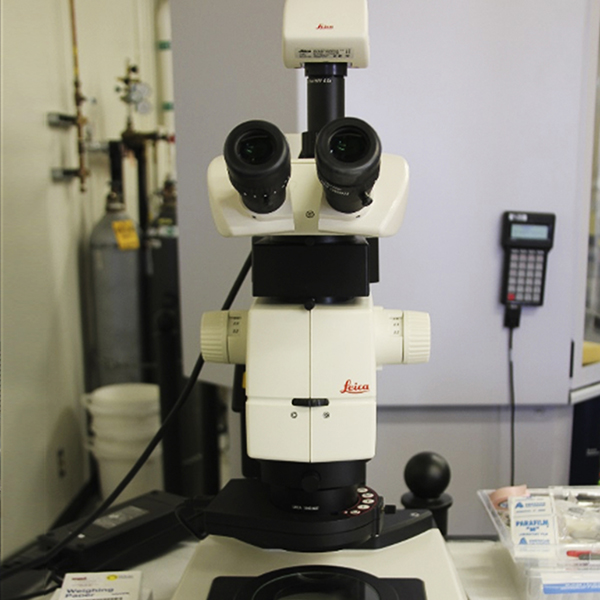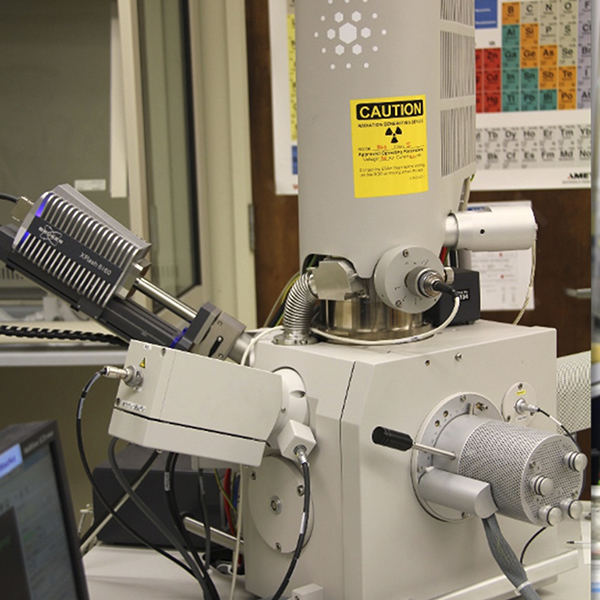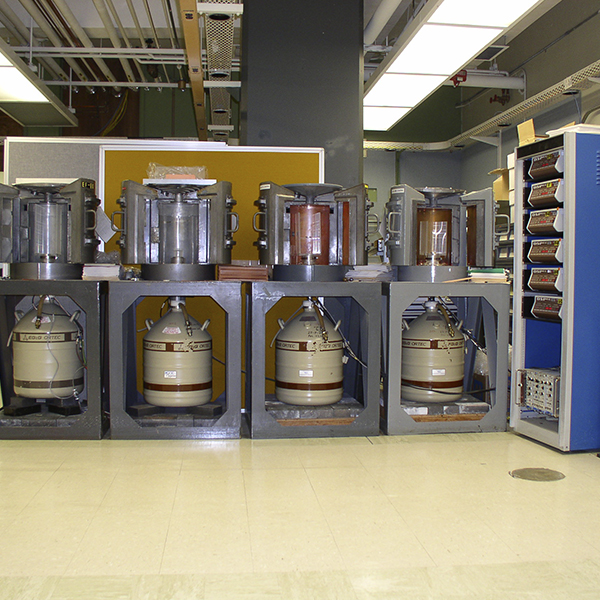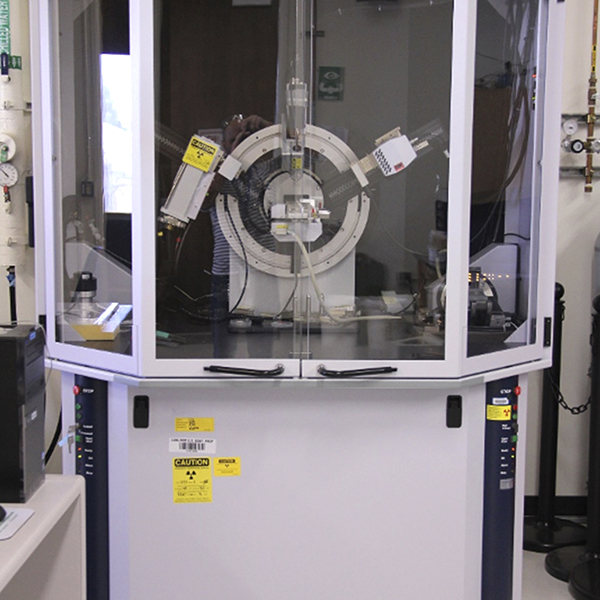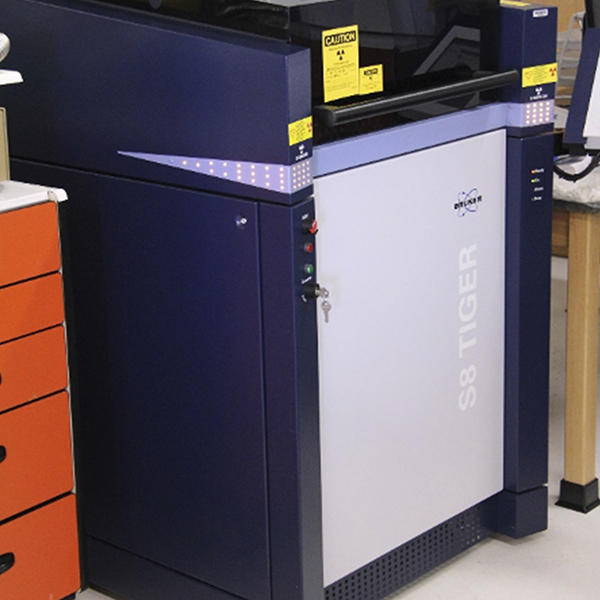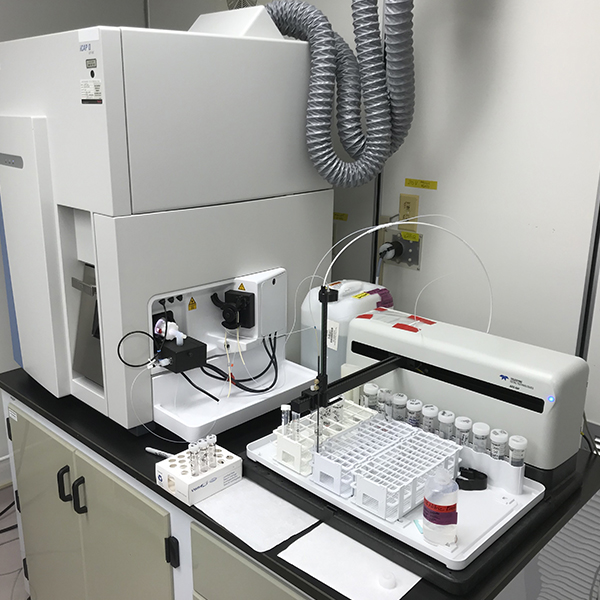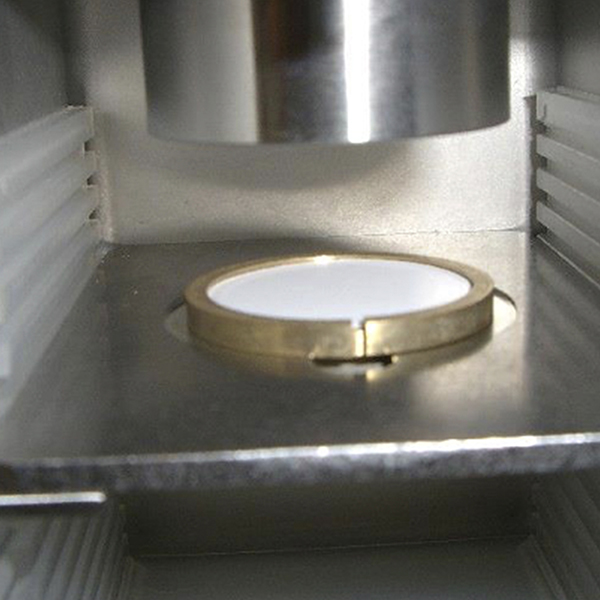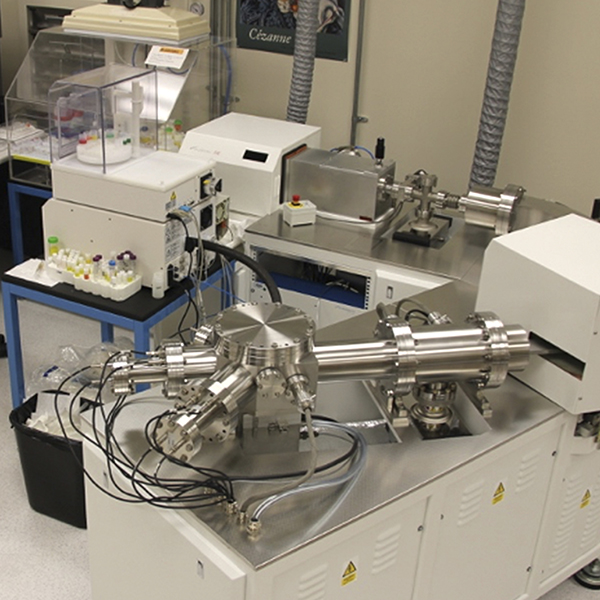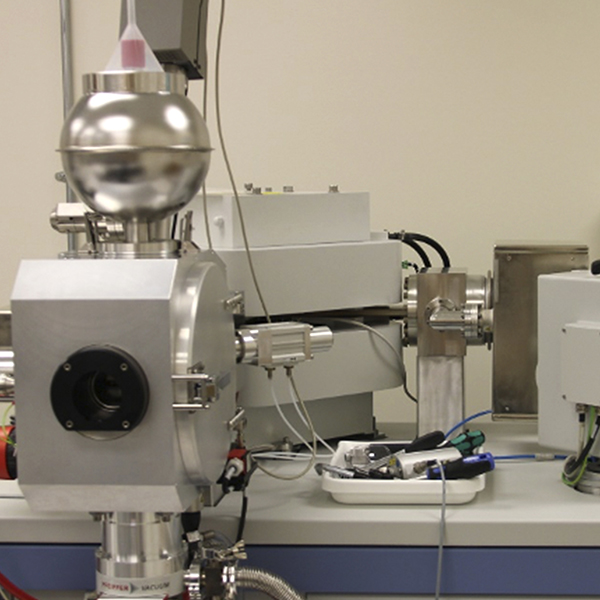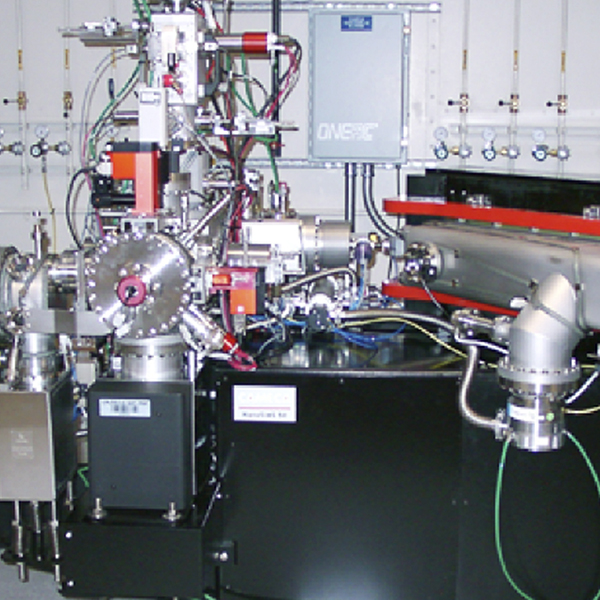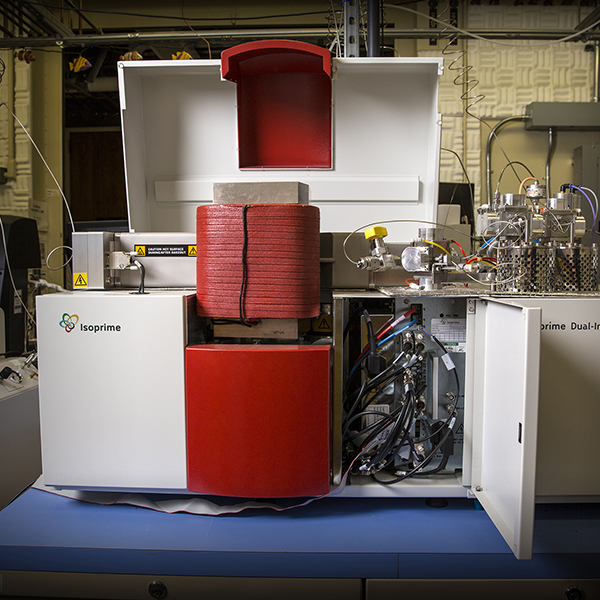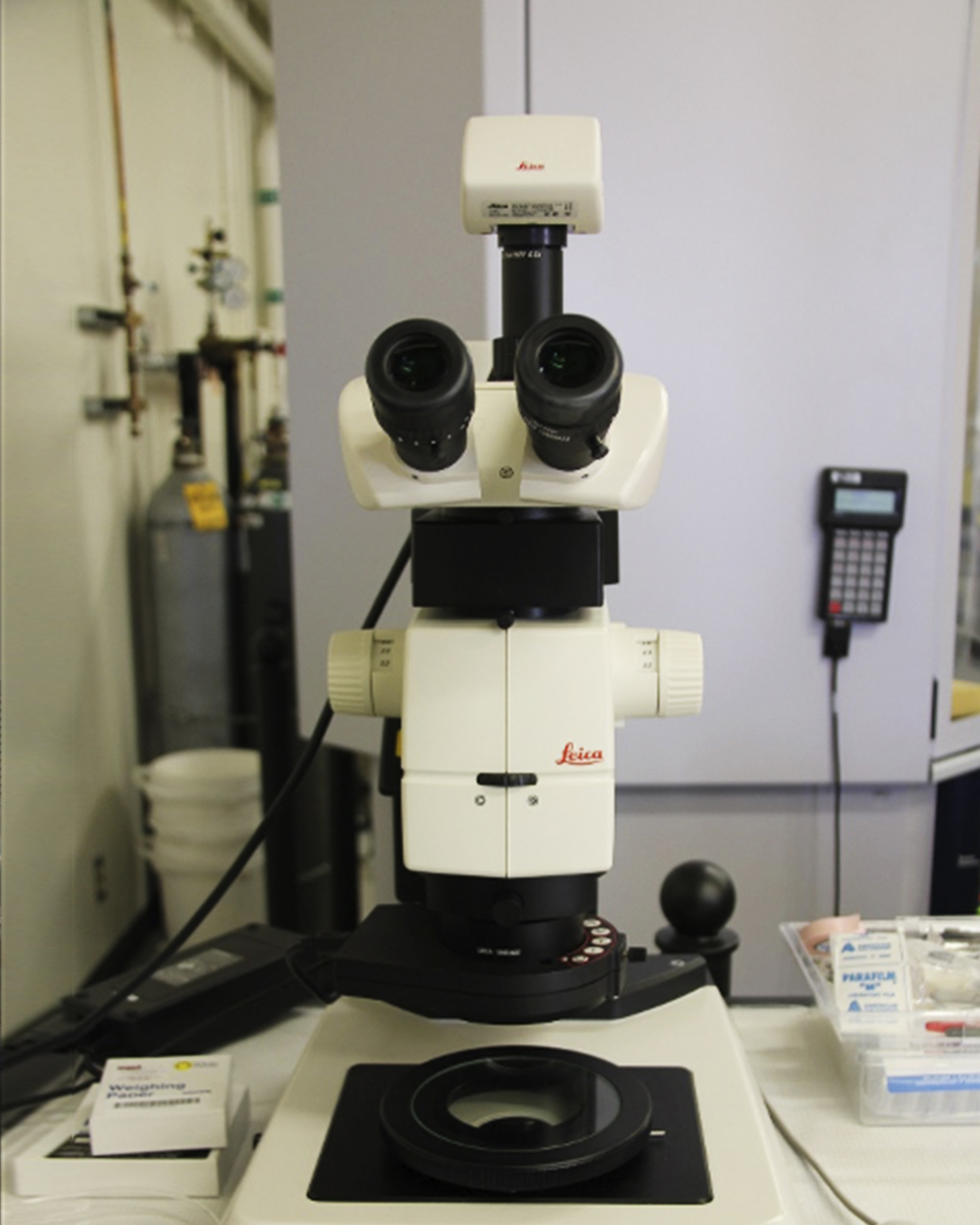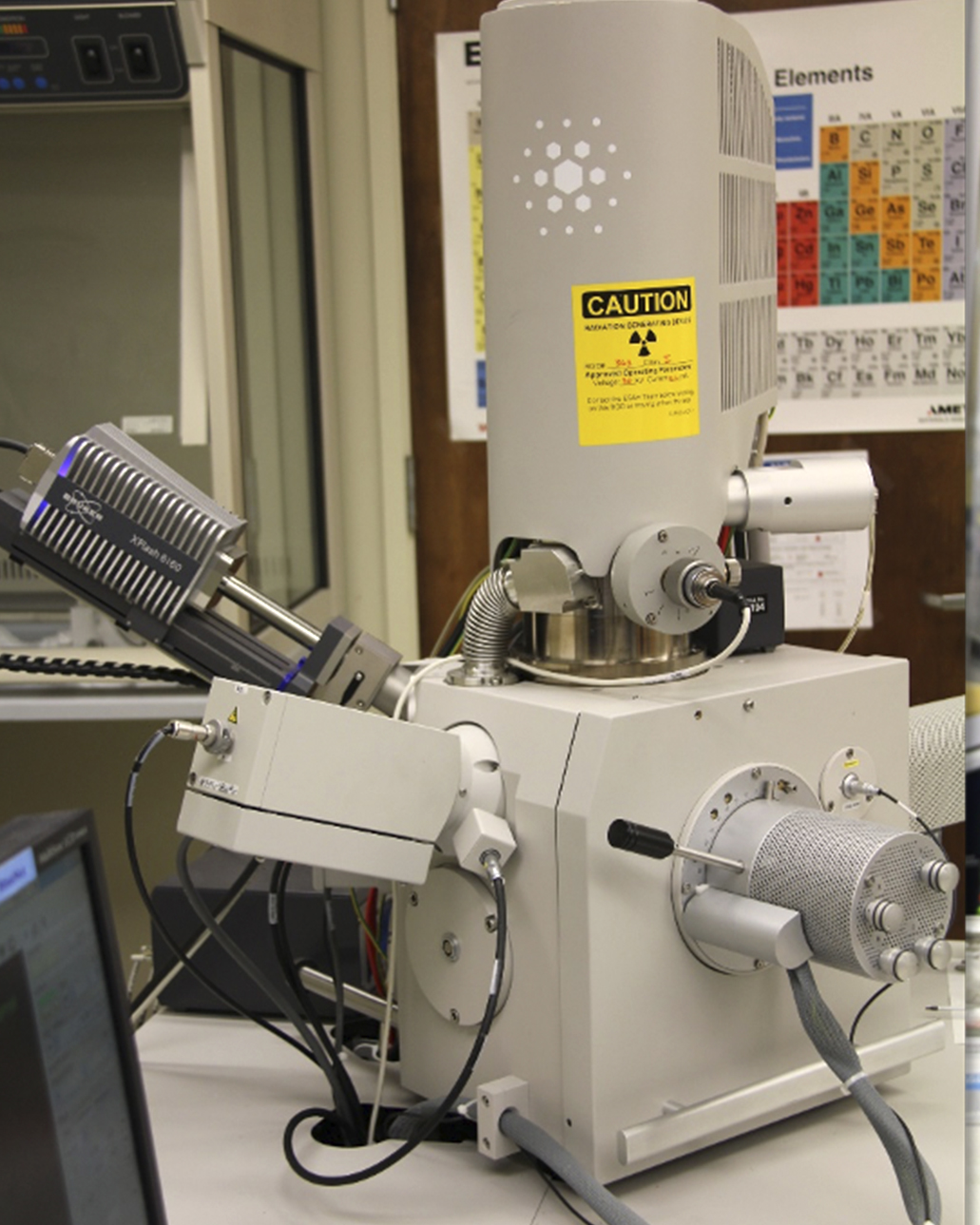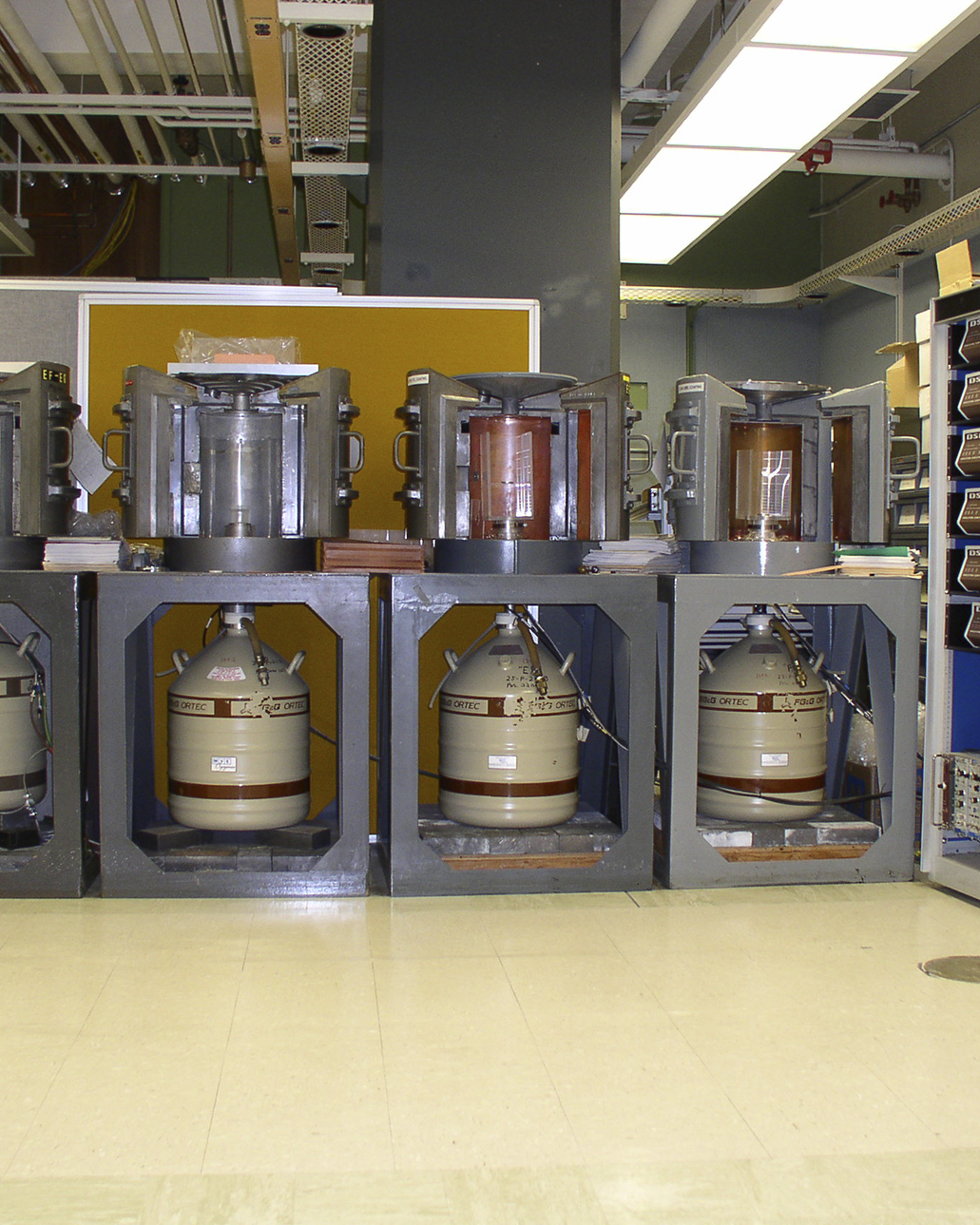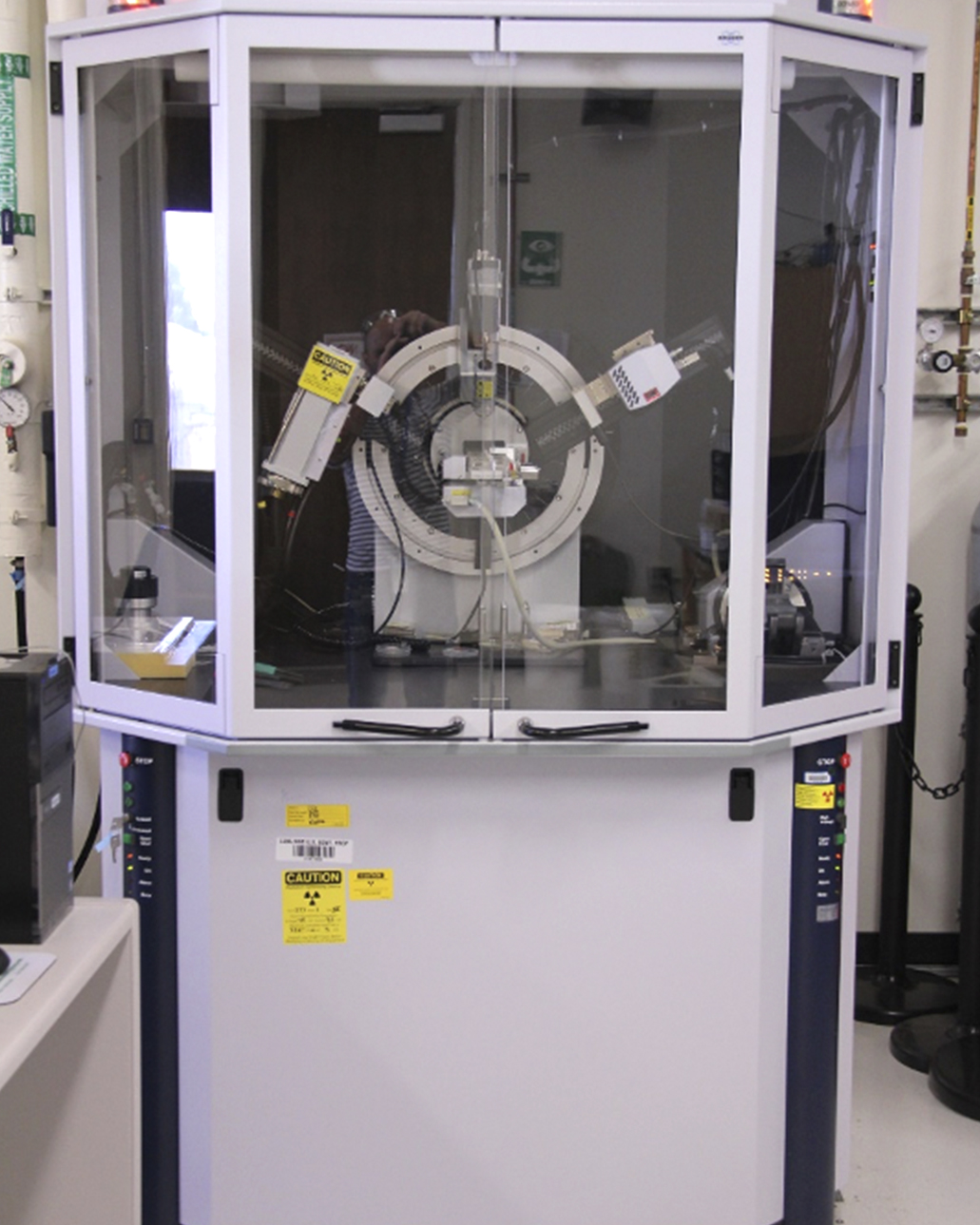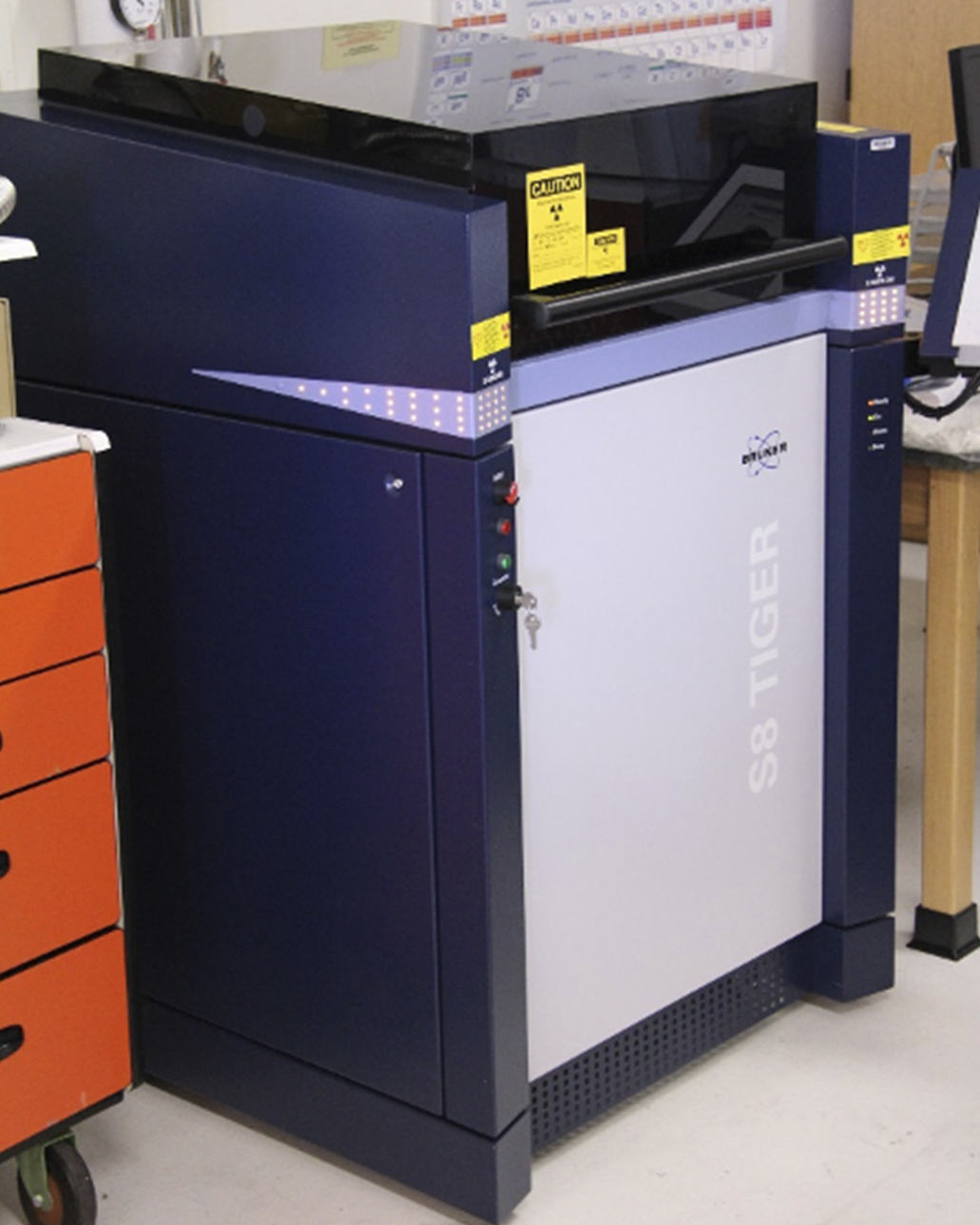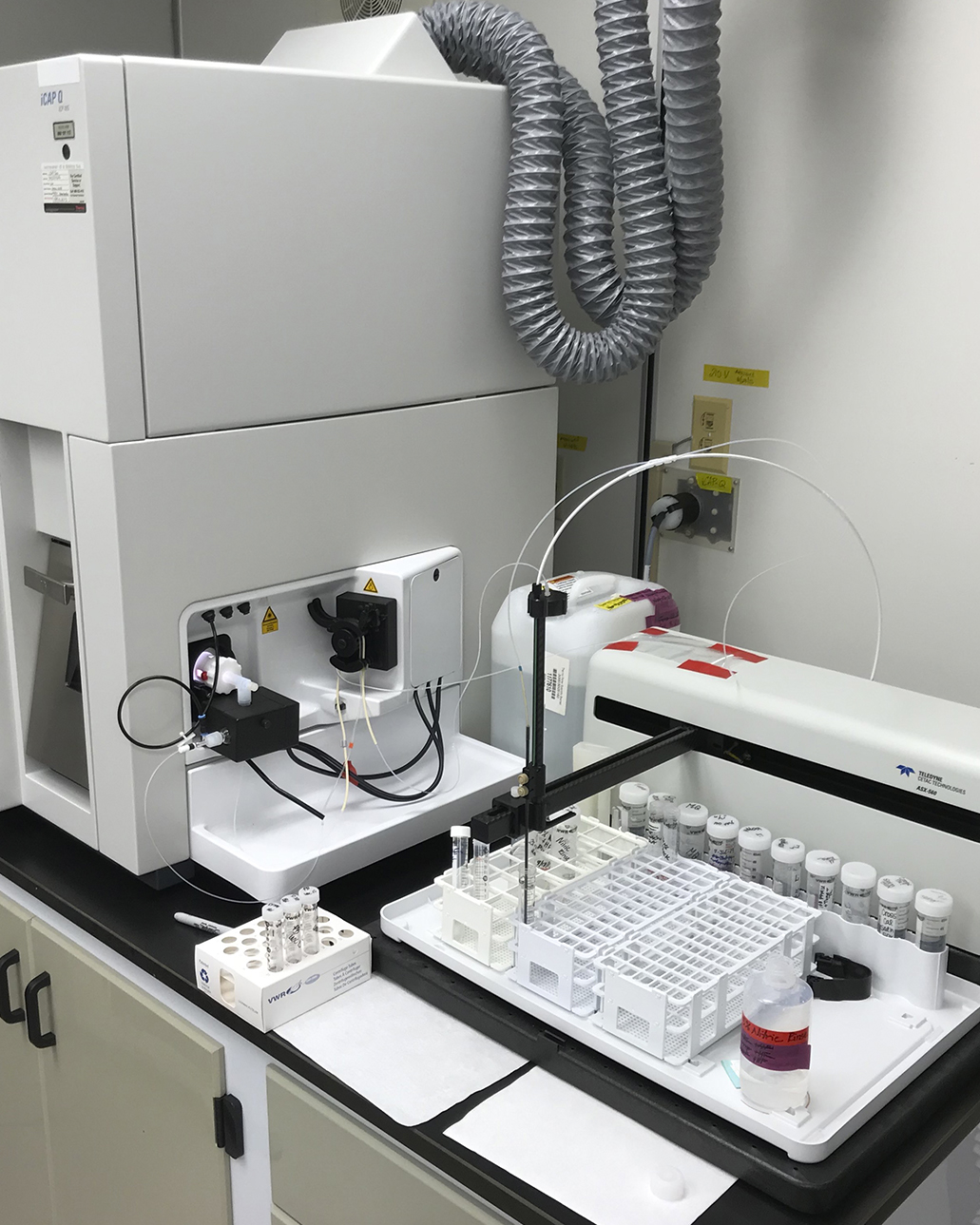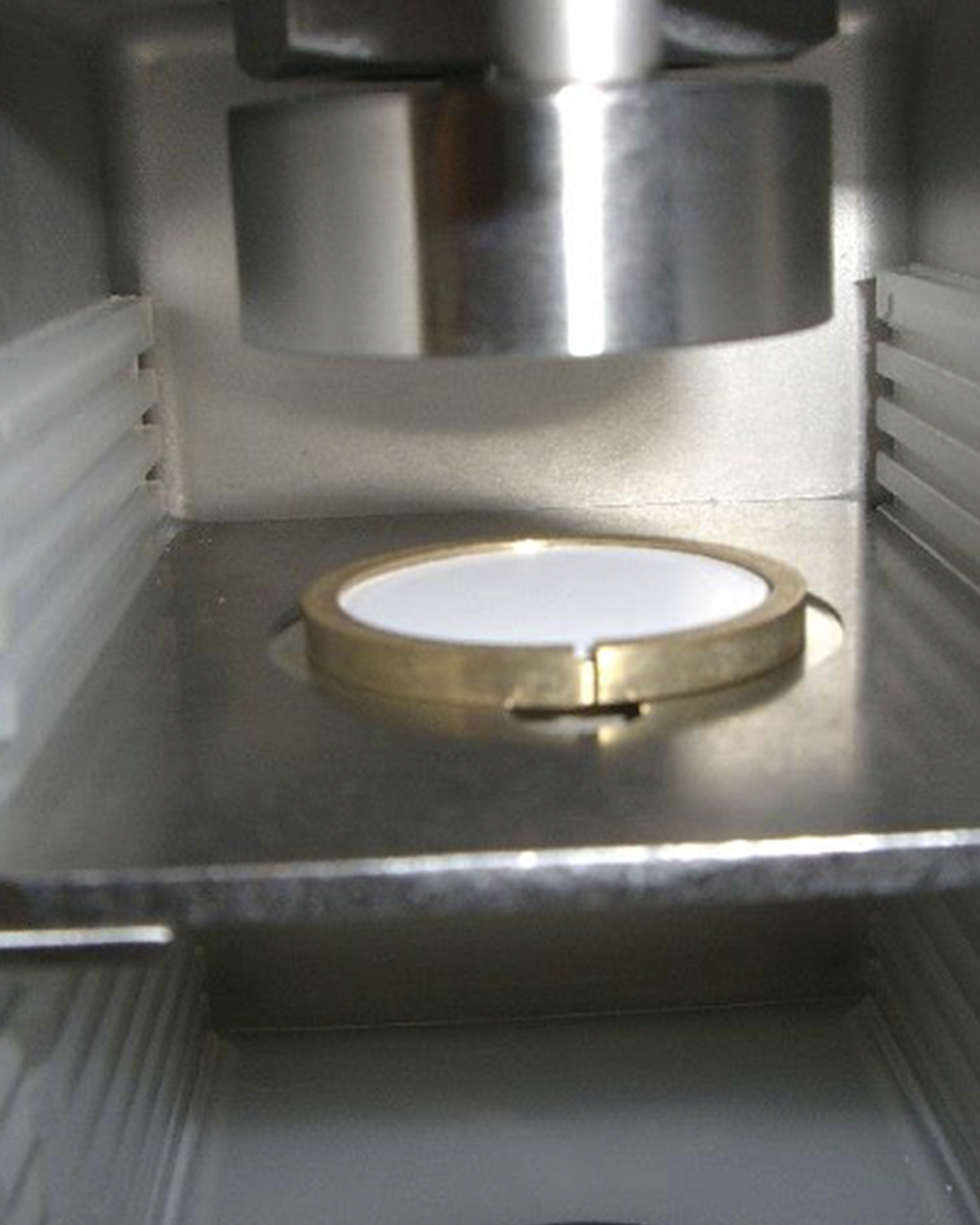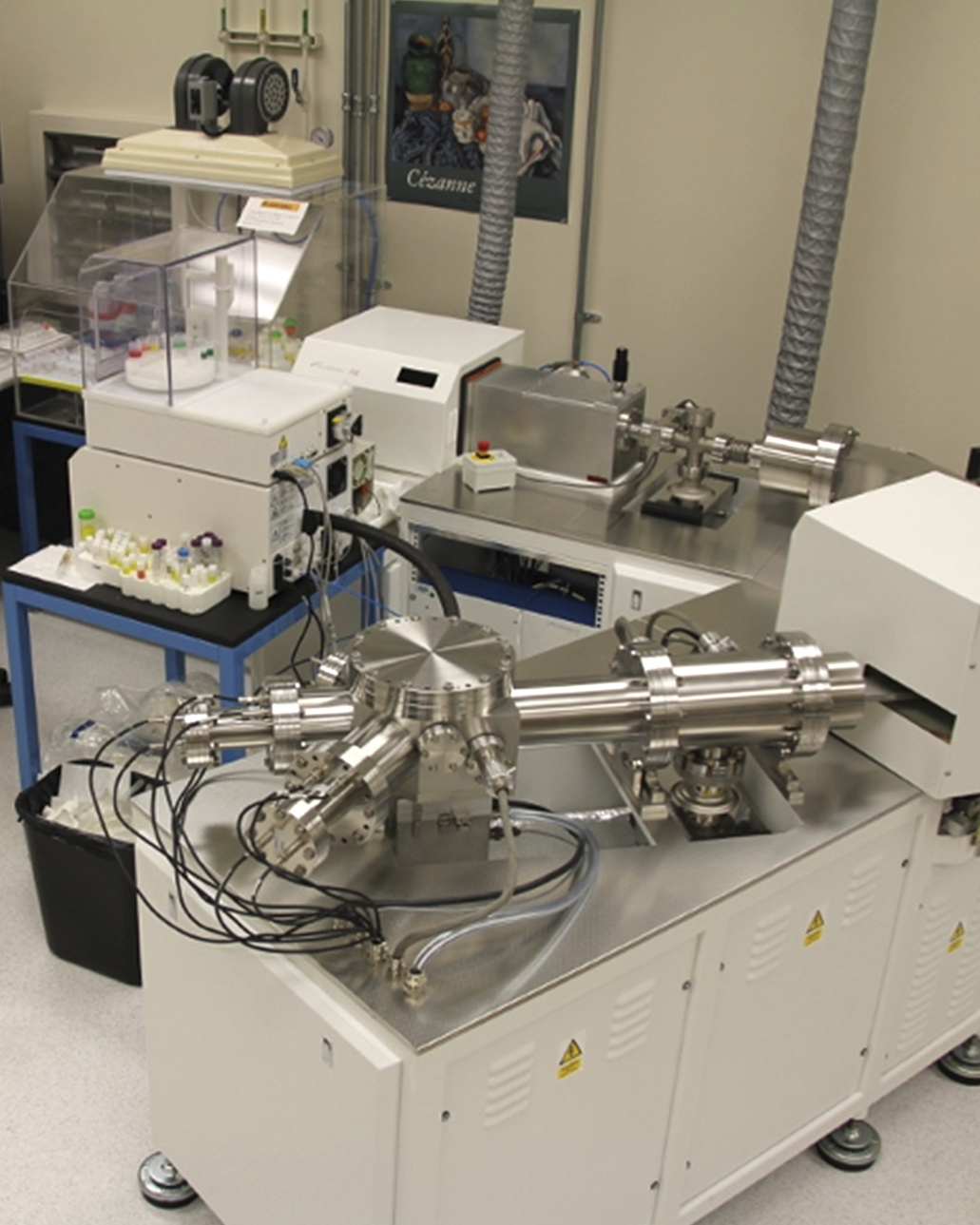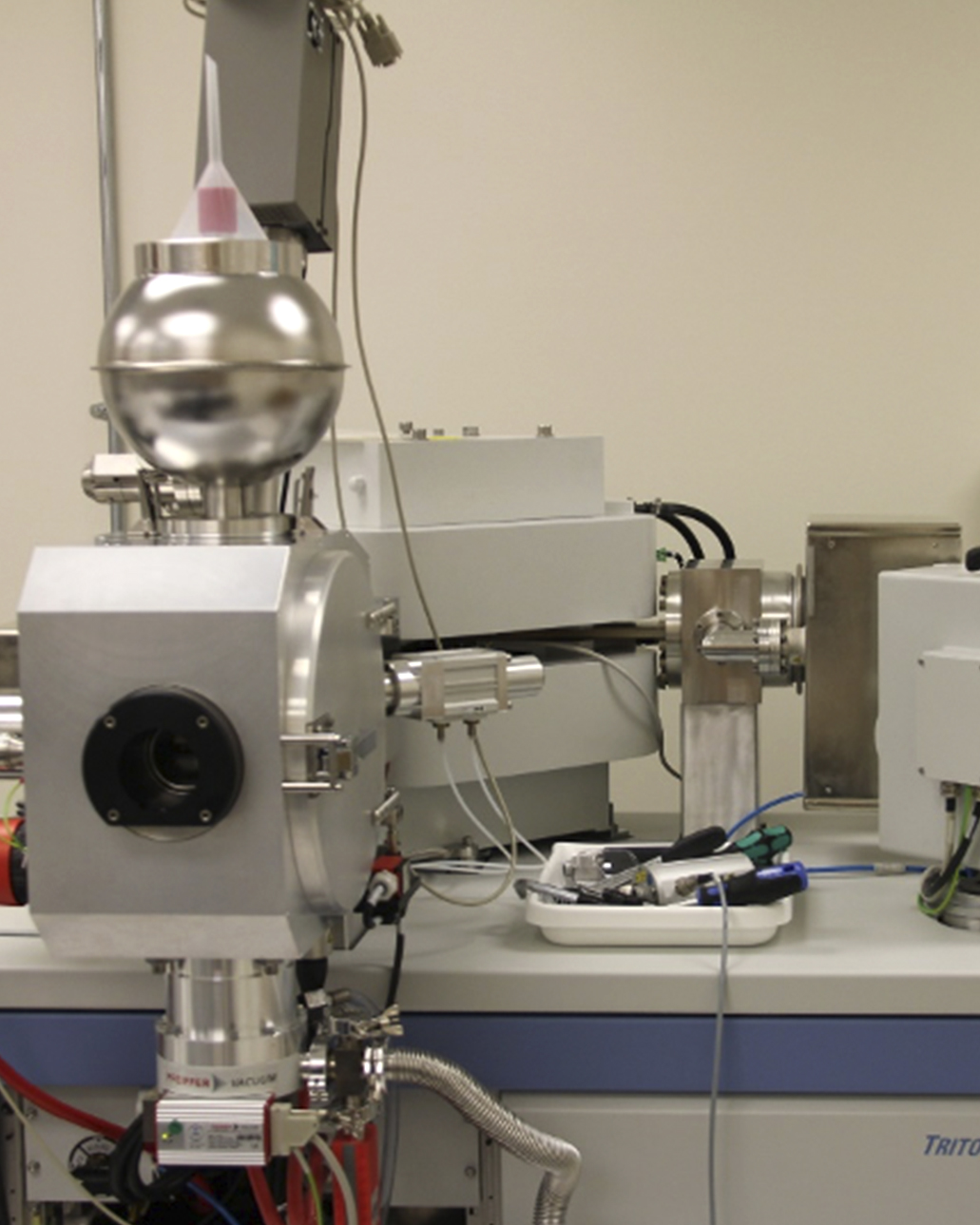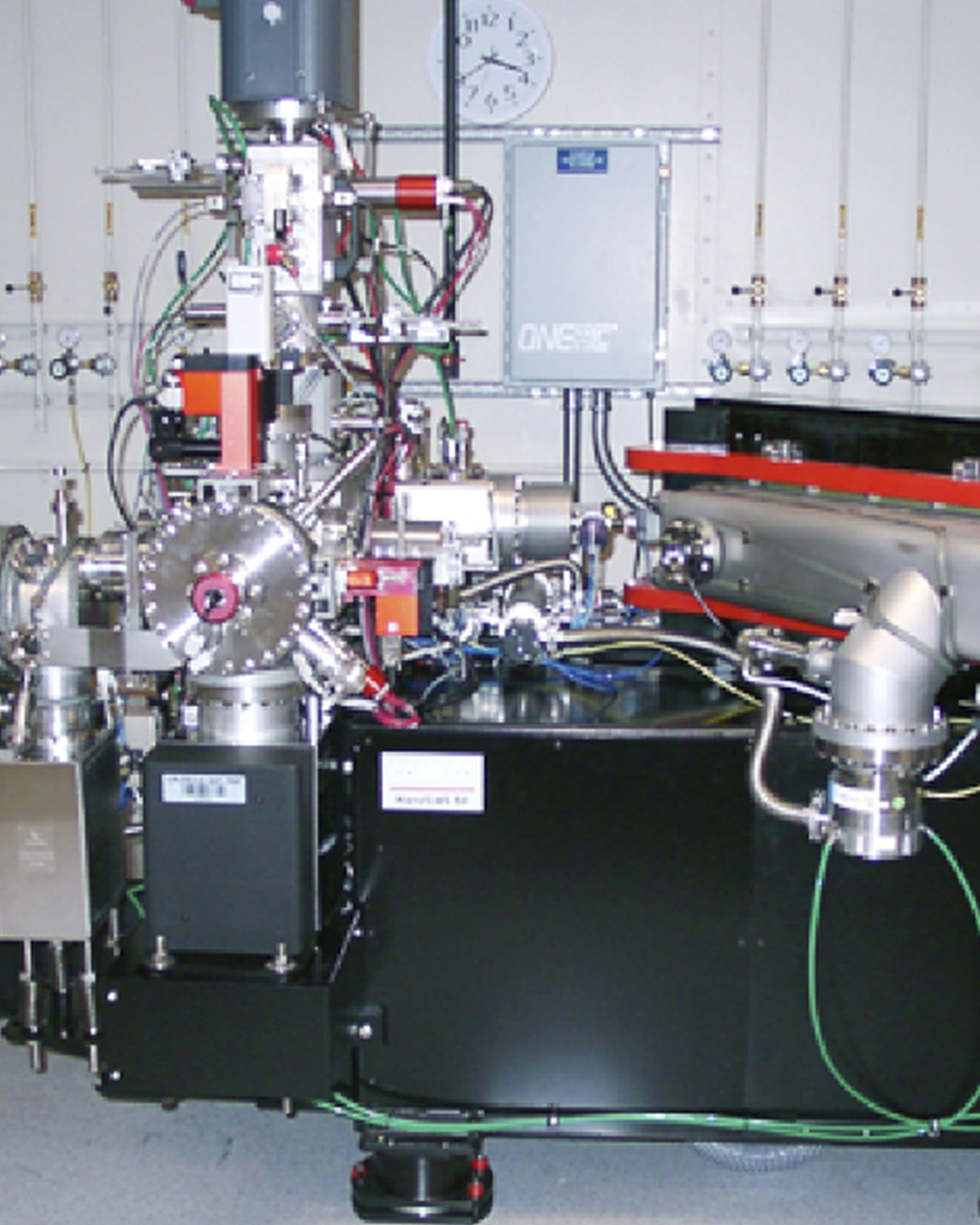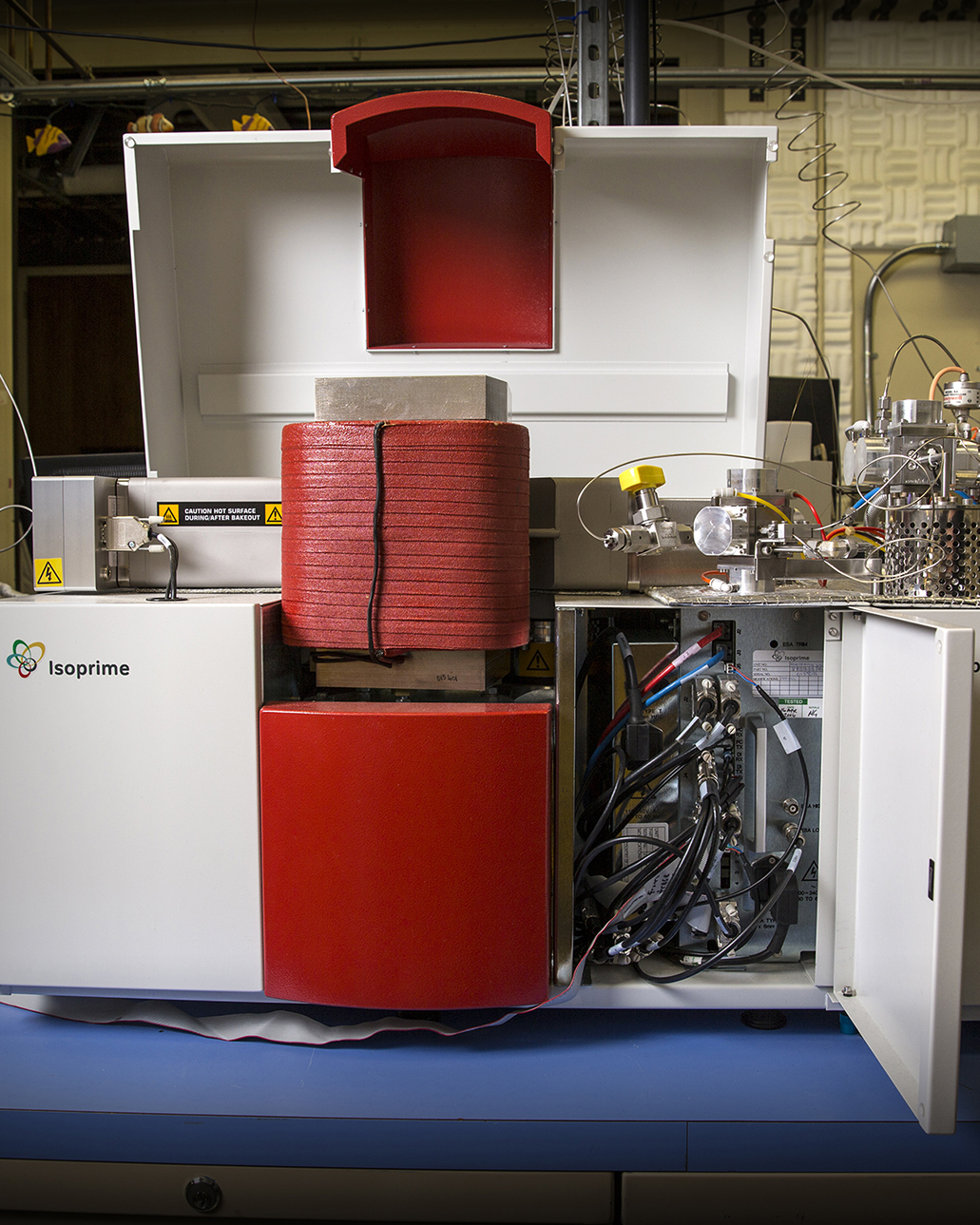Technical Capabilities
The Nuclear Forensics Toolbox
Nuclear forensics is a scientific discipline that makes use of a wide variety of instruments to measure specific material properties (e.g. physical and/or chemical characteristics) that form the basis of discriminating nuclear forensics signatures in interdicted radioactive and nuclear (R/N) materials. Many of these instruments are also used in other scientific disciplines, most notably geochemistry. These instruments make up the components of a “toolbox” available to the nuclear forensic analyst.
This page describes of some of the techniques that may be used in nuclear forensic material analysis. Please note that other instruments or measurement techniques may be available, and the choice of techniques should be selected by what is available, as well as what types of data are required to reach forensics conclusions about an interdicted R/N material.
What instrument(s) should be used?
The choice of instrumentation used in the analysis of the interdicted R/N material depends primarily on the questions that are being asked as part of the nuclear forensics investigation, for example: “What is the material?,” “What could it be used for?,” “How was it made?,” and “Has a legal statute been violated?” The choice of instrument is typically driven by a number of considerations, including the nature of the material, the required analytical precision, the cost, and the timeframe within which data must be obtained. Fortunately, for most R/N material analysis signatures, more than one technique can be used, and many instruments are relatively inexpensive to procure, maintain, and use in an R/N materials examination. However, all instruments require skilled, experienced, and attentive analysts to operate them.
Destructive vs. Non-Destructive
One key consideration in choice of analytical technique is whether the R/N sample needs to remain intact or whether small fractions of the material can be consumed during the course of the measurements. Non-destructive techniques, such as gamma spectrometry, is a passive technique used to measure the gamma radiation released by an R/N material, and therefore the material analyzed remains intact. Destructive techniques, such as mass spectrometry, generally require small amounts of the sample to be dissolved prior to analysis. Nuclear forensic analysis is an iterative process - the results of initial, low-precision, non-destructive analyses may reveal key characteristics that can be further examined using higher-precision, destructive measurement techniques. Typically, non-destructive analyses are performed first, and the data and results from these analyses can then be used to inform if destructive analyses are necessary. An additional consideration is sample heterogeneity, particularly for destructive analyses, where usually only a small portion of an R/N material is analyzed In the case of inhomogeneous samples, the choice of which portion to analyze becomes critical. A nuclear forensics analytical plan should be sufficiently flexible to allow for modifications, based on initial analytical findings.

